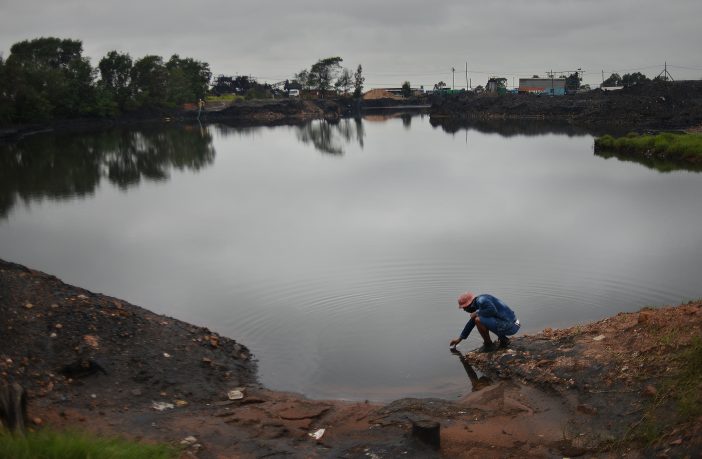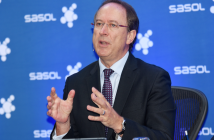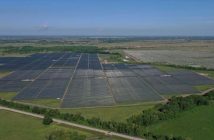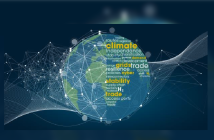- A new report on the compliance of eight large coal mining operations in Mpumalanga, released by the Centre for Environmental Rights today, has uncovered many cases of significant non-compliance with water use licences.
- The report reveals that the Department of Water & Sanitation is unable to fulfil its statutory mandate of water resource protection.
- The report also demonstrates how so-called independent environmental auditors – including large environmental consulting firms – are often failing to conduct audits of compliance with licence conditions in an objective manner.
The report, which forms part of the CER’s Full Disclosure series, reveals complete failure by the Department of Water & Sanitation to monitor compliance with water use licences for the eight coal mines and to take enforcement action where violations are patently obvious, painting a picture of a broken national department unable to fulfil its statutory mandate of water resource protection.
This is despite the fact that the Upper Olifants Catchment, where the eight coal mines are situated, has been identified by that department as one of South Africa’s most stressed catchment areas in relation to both water quantity and quality.
Six of the eight companies assessed in CER’s new report collectively use around 8 million cubic metres of water per annum – equivalent to approximately 3195 Olympic-sized swimming pools. Coal mining is particularly harmful to water resources, with acid mine drainage from coal mines polluting surface and groundwater with acid, salts and metals.
The Upper Olifants Catchment is characterised by a high density of active and abandoned coal mines, coal fired power stations and acid mine water discharge sites, resulting in severe degradation of water quality in the catchment.
The assessment found licence holders to have taken advantage of the delays by the DWS in processing applications for water use licences or licence amendments, instead of at least abiding by best practices for responsible water use.
The eight coal mining operations assessed are:
- The Tweefontein South (Glencore Operations South Africa (Pty) Ltd).
- Manungu Colliery (Tshedza Mining Resources (Pty) Ltd).
- Leeuwpan Coal Mine (Exxaro Resources Limited).
- Khutala Colliery (South32 SA Coal Holdings (Pty) Ltd).
- Vanggatfontein Colliery (Wescoal Mining (Pty) Ltd).
- Isibonelo Colliery (Anglo American plc).
- Goedgevonden Colliery (Glencore Operations South Africa (Pty) Ltd).
- Kangala Colliery (Universal Coal Development 1 (RF) (Pty) Ltd).
For another five coal mining operations, including Optimum Colliery, it was impossible to access water use licences or audit reports from either the DWS or the licence holder.
The report also demonstrates how so-called independent environmental auditors – including large environmental consulting firms – are often failing to conduct audits of compliance with licence conditions in an objective manner, in some instances making unsubstantiated conclusions and even failing to report pollution incidents or violations of licence conditions.
“These audits are supposed to be a safety net for regulators, picking up violations and risks that may have been missed in regular compliance monitoring by inspectors,” says Leanne Govindsamy, head of CER’s Corporate Accountability Programme. “Instead, they have become the only compliance monitoring that takes place, creating a massive loophole for violations never to be reported or acted upon.”
“For the coal mining operations assessed, the Department of Water & Sanitation appeared to have been unable to process and issue licences with appropriate licence conditions within a reasonable time, unable to monitor compliance or respond to and question flagrant misrepresentations made by external auditors, and unable to respond to violations which are patently apparent from routine submissions made by licence holders themselves,” says Govindsamy.
Despite a number of attempts to meet with senior officials at the DWS to discuss the findings of the report before publication, CER has been unable to secure such a meeting. The findings have also been sent to the Ministry and the Department.
CER has not only shared the findings of the report with the companies themselves, but also with the newly established Environmental Assessment Practitioners Association of South Africa and will continue to engage with them on the responsibility of their members to comply by their professional code of ethics.
“The findings of this report are no surprise to us,” says Samson Mokoena, coordinator of the Vaal Environmental Justice Alliance in Vanderbijlpark and member of the South African Water Caucus. “In the Vaal, we find the same problem of licences never issued and no action taken where we report violations. Companies in South Africa are supposed to pay for the pollution that they cause and make sure they clean up their mess, but they don’t, and the government doesn’t care. In this case, there is clear non-compliance with water use licences, threatening the water resources in entire catchment areas and no one is being held responsible.”
“South Africa’s water resources are already under threat, and this threat is only going to get worse with the predicted changes to our climate,” says Govindsamy. “This report provides evidence of the shocking disregard with which both the state and industry treat our water resources, and the way in which so-called independent professionals are propping up this broken system. We call on legislators, regulators, industry, financiers and investors to use their spheres of influence to take immediate action for meaningful reform.”
link to Department of Water and Sanitation’s Upper Olifants Sub Catchment Plan here
Author: Bryan Groenendaal











